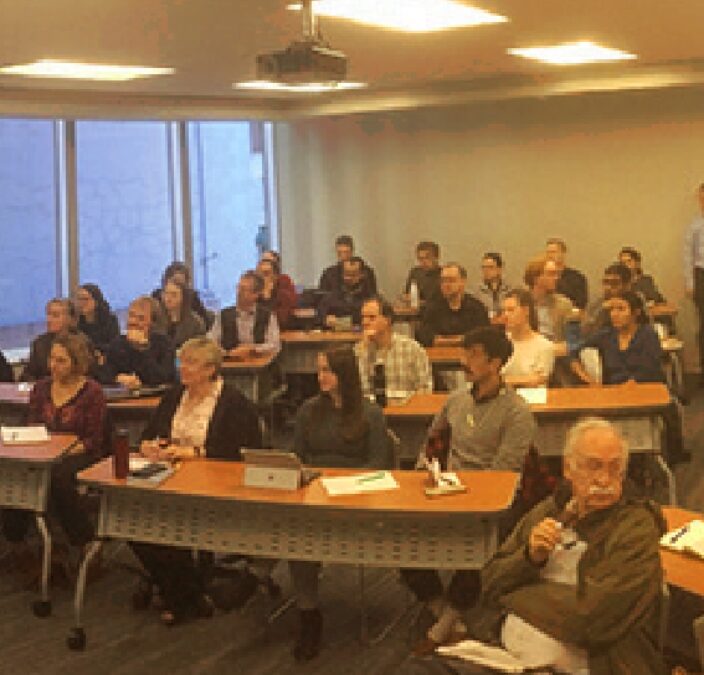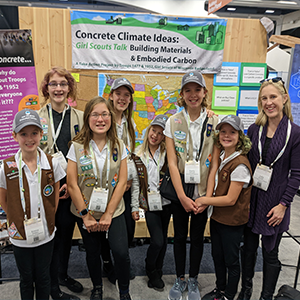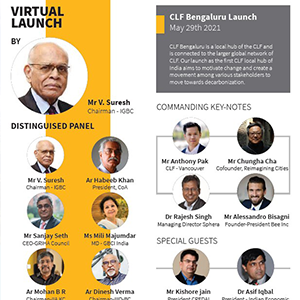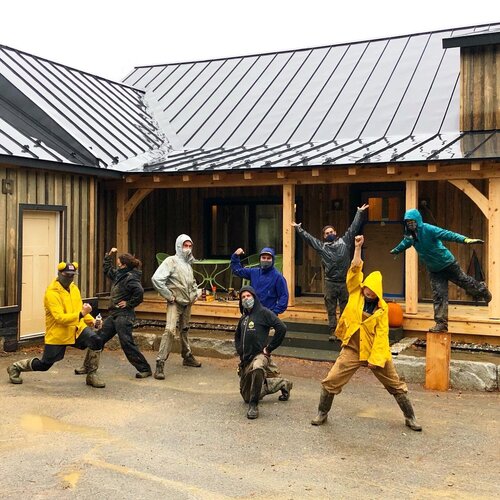"Todos los ingenieros estructurales comprenderán, reducirán y, en última instancia, eliminarán el carbono incorporado en sus proyectos para el 2050".
Conceived of and developed by members of the Carbon Leadership Forum — including Duncan Cox (Thornton Tomasetti), Catherine De Wolf (MIT/EPFL), Amy Hattan (Thornton Tomasetti), Erin McDade (Architecture 2030), Kate Simonen (Carbon Leadership Forum/UW), Wil Srubar (U Colorado Boulder), and Frances Yang (Arup) — the SE 2050 Challenge was designed to ignite structural engineers and their firms to meet embodied carbon benchmarks and ambitious reduction goals, and be recognized for the significant role they can play towards these targets.

Un asiento de primera fila para el desarrollo del desafío
por Frances Yang
Consultor asociado y de sostenibilidad en Arup en San Francisco
The journey of the SE 2050 Initiative began four years ago, catalyzed by several streams of activity heading in the same direction. The seven individuals who started the initiative had two primary motivations: we wanted to inspire and engage structural engineers to drive down embodied carbon in their designs, and to contribute data to establish benchmarks and targets. The Carbon Leadership Forum had just completed a estudio completo de evaluación comparativa que identificó la necesidad de recopilar más datos de una manera mucho más sistemática y organizada con el fin de establecer objetivos de carbono incorporados para la Arquitectura 2030.
Arup was invited to join due to multiple touch points. Our own history included an internal effort starting in 2009 to obtain embodied carbon benchmarks by compiling data from over 80 projects from publicly available case studies plus our own. This also formed the start of an internal project tracking effort. When the CLF needed data for Architecture 2030 targets we were able to offer more than 400 data points for the bench-marking study. In parallel, Arup had also helped to create the UK WRAP (now RICS) Embodied Carbon Database, and assisted the development of the MIT material quantities database. These activities reflect Arup’s decades-long commitment to sustainability and the firm’s belief that addressing total carbon in the built environment is essential to its mission to “shape a better world.”
While the seven of us were advancing our organizations in our own ways, we realized that by coming together we could jump start a program to reach the entire structural engineering community. Inspired by the Compromiso AIA 2030, we saw that a program to motivate, equip, and keep firms accountable — while also providing useful data to scientific and policy communities — would be essential for any hopes of reaching net zero embodied carbon by 2050. The CLF provided the incubation space for us to initiate SE 2050.
Bajo los auspicios de la CLF, emitimos el Desafío SE 2050. Pudimos aprovechar la red CLF para recopilar 140 firmas de ingenieros estructurales y colaboradores en solo 4 semanas, preguntando al Instituto de Ingeniería Estructural (SEI) to commit to “understand, reduce and ultimately eliminate embodied carbon in their projects by 2050.” We reached out directly to the SEI Sustainability Committee, and were elated to see the committee quickly form the SE 2050 Working Group. In short order, the Working Group secured an all-day meeting with members of SEI’s Board of Governors, created an astounding website, and officially launched the beta-phase of the SE 2050 Commitment Program. The CLF was also critical at the face-to-face meeting with SEI leadership. Alongside its longtime partners from the AIA, Architecture 2030, and USGBC, the CLF brought both urgency and invitation never before directed to our national structural engineering organization on matters of our climate crisis. SEI endorsed the SE 2050 Challenge a few months later.
As someone who was in the SE 2050 incubation group, and is now on the SEI SE 2050 committee, I am excited about the commitment and prospects of SE 2050, and how it will accelerate efforts of the seven founding members towards those two original goals. We are still at the start of the road, as there is a lot of work to do. So join us! While SEI’s committee now leads the way, there is plenty of room for all on this straighter and broader path that the CLF has paved.
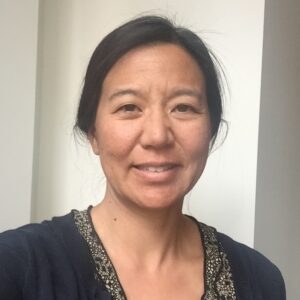
Frances Yang, consultora asociada y de sostenibilidad de Arup en San Francisco
Los ingenieros estructurales responden al desafío
por Michael Gryniuk
Asociado y Gerente de Proyectos en LeMessurier en Boston
When the Carbon Leadership Forum (CLF) approached the Sustainability Committee of the American Society of Civil Engineers (ASCE) Structural Engineering Institute (SEI) in late 2017 with the concept of SE 2050 I had been on the committee for mere months but was immediately hooked. I was fascinated with the possibility of designing structural systems in a way that would result in net-zero embodied carbon emissions! The timing was also perfect.
Empecé a cuestionarme qué impacto estaba teniendo mi carrera en el medio ambiente. Pasando gran parte de mi tiempo libre en el bosque, montando bicicleta o caminando, he desarrollado un aprecio por la naturaleza y la importancia fundamental de protegerla. Equipado con una comprensión de la ciencia detrás del calentamiento global y la necesidad urgente de limitar nuestras emisiones de gases de efecto invernadero enfatizadas aún más con el Acuerdo Climático de París, trato de encontrar formas de limitar los gases de efecto invernadero a nivel personal. Pero, ¿estaba haciendo lo suficiente en todos los aspectos de mi vida? ¿Qué impacto tuvieron realmente los edificios que diseñé? El mundo es terriblemente grande, después de todo.
About 4 months earlier I was 3 years into a 5-year process of managing the design and construction administration of a large mixed-use development project in Boston that was entering the early stages of construction. The large excavation was complete, subgrade prepped, bars tied, and forms set for a 3,500 cubic yard mat concrete placement. My inner nerd was rather excited. A few days later I found myself doing some basic calculations (probably instead of reviewing the steel shop’s drawings as I was supposed to) on the mat’s embodied carbon. “This can’t be right” I remember thinking. “Really?”. It was. I would have to drive my car from Boston to the White Mountains of New Hampshire and back again over 8,000 times to match the equivalent carbon dioxide. I got to work.
Desde la introducción de SE 2050 hasta ahora, me he concentrado casi exclusivamente en hacer realidad un Programa de Compromiso SE 2050 formalmente sancionado por SEI. Y he tenido el placer absoluto de hacerlo con un grupo de voluntarios sumamente talentosos y dedicados. Hacer amigos y ayudar al medio ambiente. ¡Dos por dos! Nuestro grupo ha trabajado incansablemente durante los últimos dos años navegando por los diversos éxitos y desafíos con determinación e inteligencia. El 19 de diciembre de 2019, la Junta de Gobernadores de SEI votó a favor de respaldar el Desafío SE 2050 de CLF y el 8 de abril de 2020, votaron para establecer formalmente el Programa de Compromiso SE 2050 y nuestro Comité SE 2050 para el cual me siento honrado de servir como el actual Silla. Planeamos lanzar el Programa en noviembre en Greenbuild.
My engagement with the SEI Sustainability Committee and involvement with SE 2050 and the CLF has translated directly to my career as a structural engineer at LeMessurier where I now direct our firm’s sustainability group developing new and unique sustainability best practices. We now have a dedicated staff able to provide project support to the firm on all items related to sustainability, and I’m proud to say LeMessurier has been a sponsor of the CLF since 2018. We were also one of the first firms to sign on to the CLF’s SE 2050 Challenge and were an early adopter and sponsor of the EC3 tool.
¿No harás el mismo compromiso y nos ayudarás a progresar juntos?
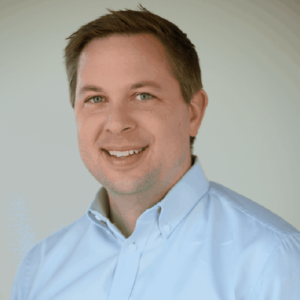
Michael Gryniuk, asociado y director de proyectos de LeMessurier en Boston
